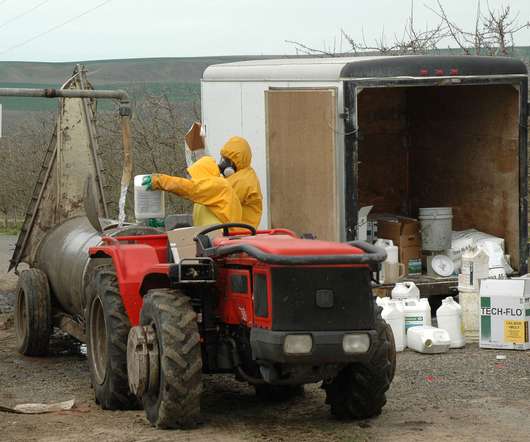The Environmental Impact Of Biomedical Waste And How To Reduce It
The Environmental Blog
MARCH 20, 2023
Environmental Impact of Biomedical Waste The improper management of biomedical waste can lead to negative consequences for the environment. When this waste is not disposed of properly, it can cause pollution of soil, water, and air. Additionally, it can pose health risks to humans and animals.














Let's personalize your content